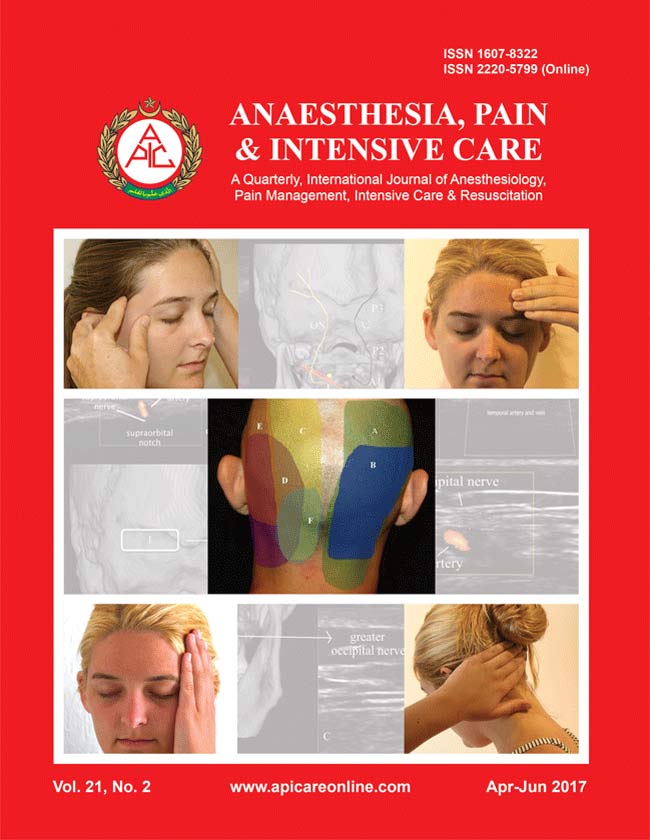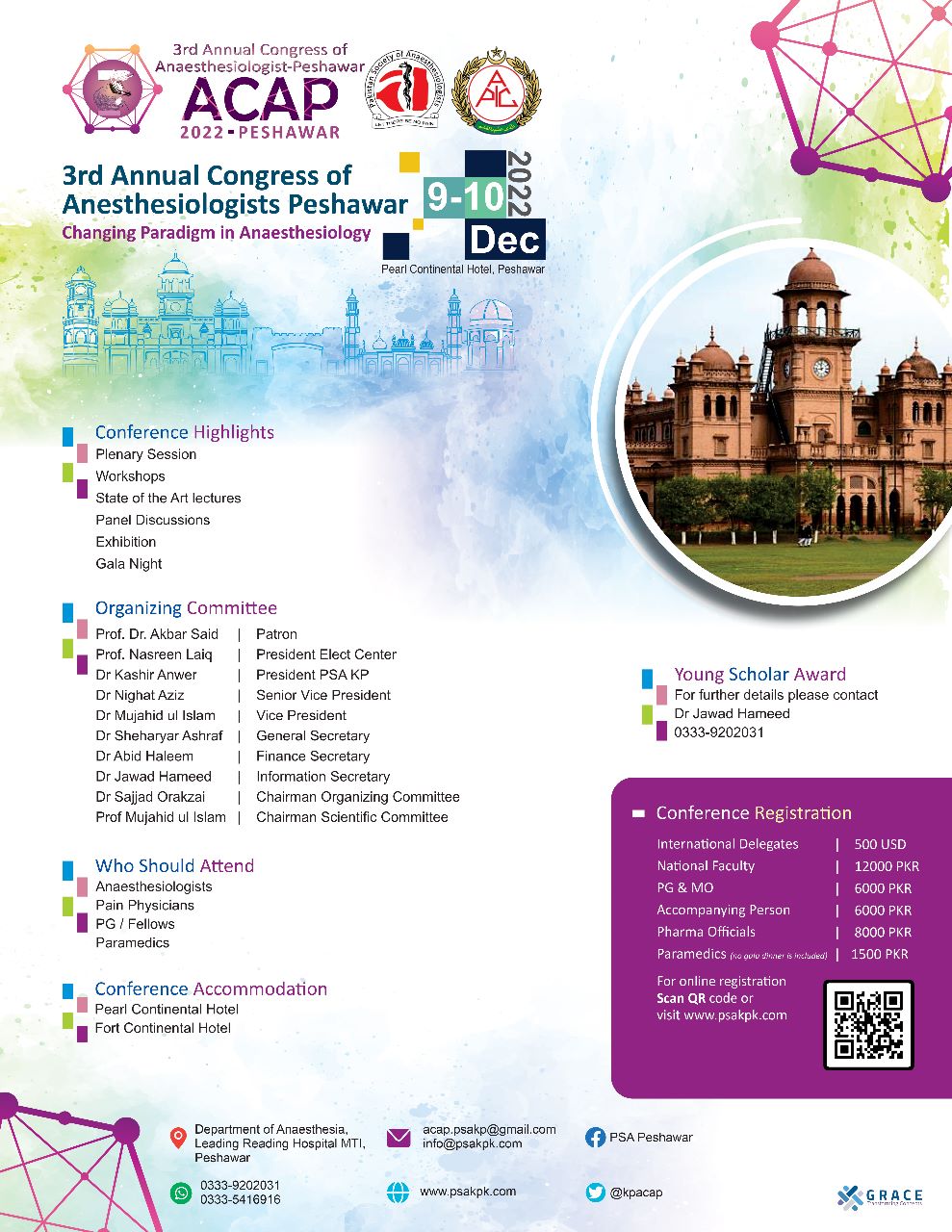Self-knotting of a nasogastric tube
Abstract
Nasogastric tubes (NGT) are commonly used for decompression of stomach and for feeding critically ill patients. This simple and blind procedure can rarely result in knotting of NGT leading to serious complications like respiratory distress, severe laryngeal injury, nasophayngeal bleed and tracheoesophageal puncture.1 We describe here a case of self- knotting of a NGT.
A sixty year old female posted for elective laparoscopic cholecystectomy revealed distended stomach on laparoscopy, obscuring the safe dissection of gall bladder. A 16 F NGT was inserted through the right nostril, stomach was deflated and tube was fixed at 55 cm mark at the nostril. Post operatively, attempts to withdraw the NGT beyond the 50 cm mark were met with resistance. Attempt to remove NGT after extubation also failed. Laryngoscopy revealed the tube going into the oesophagus which was then pulled out with little force. Examination of the NGT revealed a knot at the distal end. (Figure 1) The knot caused laceration of nasopharynx during removal, resulting in bleeding for which nasal packing was done. Patient was re-intubated for fear of aspiration. She remained on ventilator for 6-8 hours after which extubation was done. Nasal pack was removed after 48 hours.
Stomach deflation by NGT is a common practice during surgery. However it can cause unexpected complications especially tracheo-pulmonary, ranging from 0.3% to 8% and even a mortality of around 0.3%.2 One of the rare complications associated with insertion of a NGT is knotting and impaction of the distal end.3 The main reason for knot formation is that the tube can coil back on itself when an excess length is introduced resulting in super coiling and concatenate formation.2 Risk factors for knotting include smaller diameter tubes,4 patients with a small stomach,4 insertion deep into the stomach and interference by an endotracheal tube in an intubated patient.2 The knot further tightens on traction during retrieval.5
Insertion of larger diameter and necessary length of NGT, determined by measuring distance from the nostril along the side of the face past the ear to the xiphoid process, may minimize this complication. Whenever any difficulty occurs during mobilization of NGT, the possibility of knot formation should be kept in mind as blind traction can result in catastrophic consequences. If any doubt exists, the position of NGT should be checked by a radiograph.5
This case illustrates that a simple procedure like insertion of a NGT can have potentially serious consequences.
















